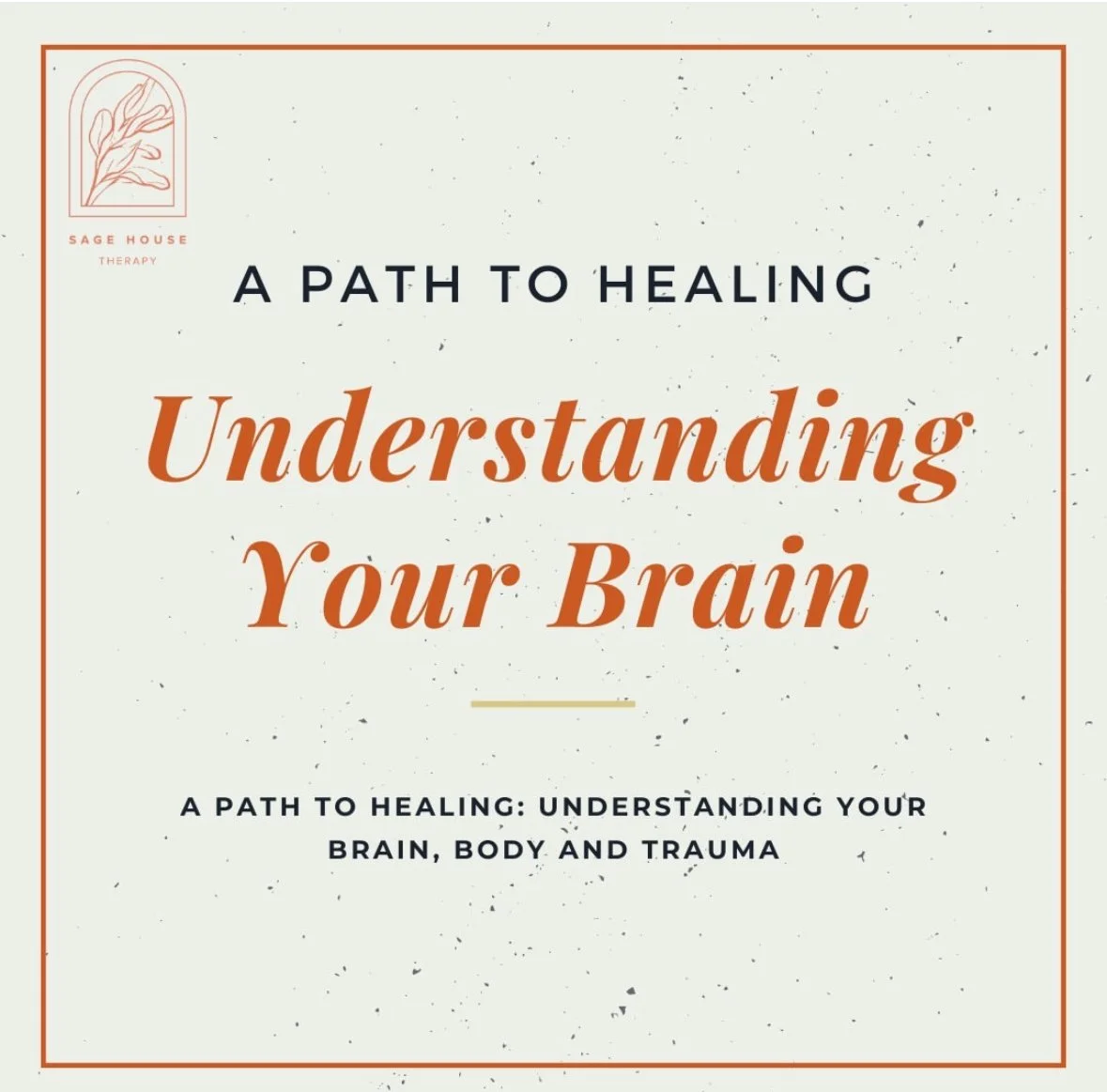Eating disorders: types, causes, and getting help
Eating disorders can be serious mental health challenges that require medical and psychological experts and interventions. Alanna Betts, MA, LPC, ATR, is an art therapist at Sage House Therapy. She specializes in eating disorders and provided much of the information within this blog post. Read on for more information on different types of eating disorders and what may cause them. If you or your child need support in this area, contact Alanna today.
What is an eating disorder?
Eating disorders are when unhealthy eating habits develop as a result of a psychological condition. Many eating disorders begin with an obsession with body image or food. The effects of these disorders can result in serious health repercussions or even death. When an individual has an eating disorder, it may not be obvious to others. Less than 6% of individuals with eating disorders are technically “underweight.”
Different types of eating disorders
Anorexia nervosa
Anorexia nervosa involves the restriction of calories leading to significantly low body weight for age, sex, etc. It also involves a fear of becoming fat or gaining weight, even when underweight. Individuals with anorexia have a distorted body image and see themselves as overweight no matter their body size. Controlling and obsessive behaviors are often present.
Bulimia nervosa
Individuals with bulimia eat a large amount of food in a short period of time (binging), feeling out of control during this episode. This is followed by purging, or trying to avoid weight gain from binging by vomiting, using laxatives, fasting, or overexercising. Binging and purging can be triggered by overwhelming emotions after a negative experience.
Binge eating disorder
This disorder involves binging at least once a week for three months. People with binge eating disorder will feel significant distress as a result of binging. For those with this disorder, binging can become a form of emotional regulation.
Avoidant restrictive food intake disorder
People with this disorder severely restrict their food. This can result in significant weight loss or absence of expected weight gain in children. It can also result in nutritional deficiencies, dependence on supplements or a feeding tube, and psychosocial interference. Restricting food within this disorder is not due to cultural norms or lack of availability of food. It is also not associated with distorted body image.
Pica
This eating disorder involves eating things that aren’t food. This could include when an individual craves and eats ice, dirt, soap, hair, pebbles, paper, or detergent. Pica can occur in children, adolescents, adults, pregnant women, and people with mental disabilities.
Rumination disorder
Rumination disorder can also affect people of all ages. Individuals with this condition regurgitate the food they already swallowed, then chew it again and swallow or spit it out. This can sometimes occur in infants.
Orthorexia
This is not yet recognized as a separate disorder in the DSM but may still be considered an eating disorder by mental health professionals. Those with orthorexia are so obsessed with healthy eating that it causes a disruption of daily functioning. People with orthorexia are more concerned with following dietary rules rather than losing weight.
Other disorders
Various other eating disorders exist and can include purging disorder and night eating syndrome.
What causes eating disorders?
Genetics appear to increase the risk for someone to develop an eating disorder, though it is not certain by how much. Impulsiveness, neuroticism, and perfectionism are personality traits that can put an individual at a higher risk of developing an eating disorder. Cultural preferences for thinness and pressure to be thin could possibly contribute to the development of an eating disorder as well.
Eating disorders usually first occur between the ages of 10-30, often within the teenage years. Individuals who have experienced trauma and abuse may be at a higher risk for eating disorders as well.
How common are eating disorders?
Eating disorders affect at least 9% of the global population. Over 28 million Americans will experience an eating disorder during their lifetime. These disorders are most commonly reported in women, though many men experience eating disorders as well.
Are eating disorders dangerous?
Eating disorder are the second most deadly mental illness (the first is due to opioid overdose). One person dies every 52 minutes as a result of eating disorders, totaling 10,200 deaths a year. About 1 in 4 people who struggle with an eating disorder attempt suicide.
If you are experiencing suicidal thoughts, consult a doctor immediately or seek help at the closest emergency room. National Suicide Prevention Lifeline – 800-273-TALK (8255)
In addition to risk of death, eating disorders can damage the heart, brain and many organs throughout the body if left untreated. If you think you might have an eating disorder or know someone who does, seek help from a healthcare professional.
Are you looking for more support? Please reach out to us. Our team of therapists is here to provide support and guidance. We look forward to connecting with you.






